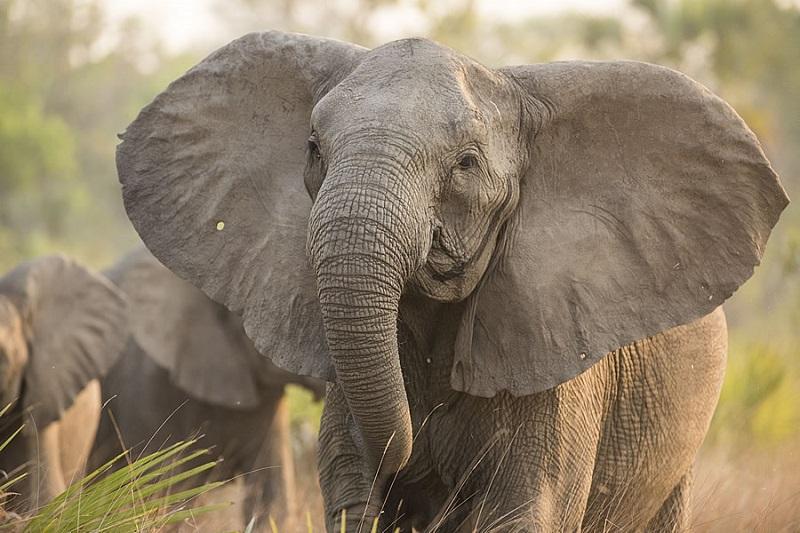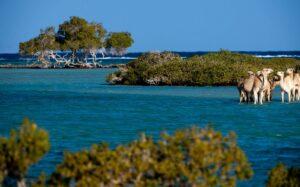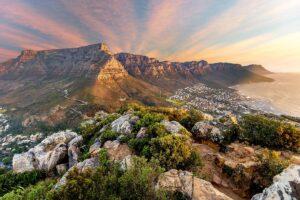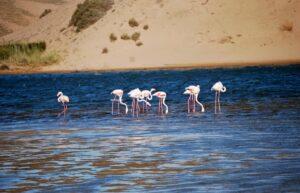Gorongosa National Park is located in central Mozambique and is one of Africa’s most remarkable conservation success stories. Spanning over 4,000 square kilometers, this park is found at the southern end of the Great African Rift Valley. It offers an incredibly diverse ecosystem, ranging from grasslands and savannas to tropical rainforests and wetlands.
Gorongosa was once a wildlife haven but suffered severely during Mozambique’s civil war. However, thanks to extensive restoration efforts that began in the early 2000s, it has rebounded, becoming a thriving sanctuary for wildlife.
Gorongosa is not only a model for conservation but also a top destination for eco-tourists, offering visitors the chance to witness some of the most breathtaking natural beauty in Africa.
Please Download Our Mobile App here.
Overview of Gorongosa National Park
Gorongosa National Park is situated in the heart of Mozambique and is considered one of the most biologically diverse areas in Africa. The park encompasses a wide variety of landscapes, including grassy plains, dense forests and wetlands fed by the Pungué and Urema Rivers. This geographical diversity supports a rich array of wildlife, making it one of the continent’s most exciting safari destinations.
The park’s rebirth is largely due to the Gorongosa Restoration Project, a joint effort between the Mozambican government and international conservation organizations. Since the project’s inception, there has been a focus on restoring the park’s ecosystem and rebuilding wildlife populations that were decimated by the conflict. Gorongosa serves not only as a haven for animals but also as a critical center for ecological research and community-based conservation initiatives.
Wildlife in Gorongosa National Park
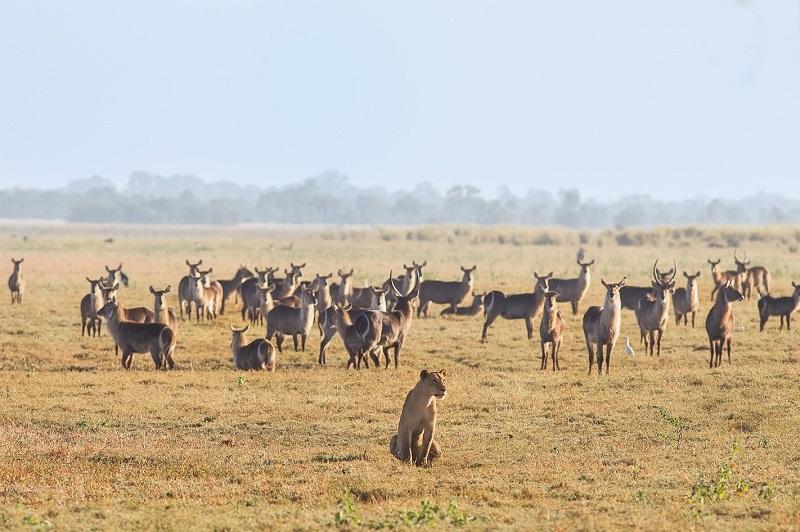
Gorongosa National Park is home to a wide range of wildlife, making it a must-visit for safari enthusiasts. The park’s restoration has successfully reintroduced many species, bringing its ecosystem back to life. Among the most notable wildlife are elephants, which roam the savannahs and woodlands, often seen in large herds.
The elephants of Gorongosa are central to the park’s identity and play a crucial role in shaping the landscape through their movements and feeding habits. Lions are another major draw to the park. After nearly being wiped out, the lion population has been gradually increasing, and today, Gorongosa is home to a healthy and growing number of these majestic predators.
Visitors also have the chance to spot other big game such as buffalo, hippos, and a variety of antelope species, including the rare nyala. The park’s birdlife is equally impressive, with over 400 species recorded within its boundaries. Birdwatchers can delight in spotting everything from vibrant kingfishers to the iconic African fish eagle.
Gorongosa’s wetlands, rivers, and lakes provide ideal habitats for a variety of waterbirds, making it a paradise for avian enthusiasts. Beyond the well-known species, Gorongosa is home to numerous smaller animals and unique species that are often overlooked in other parks. These include various reptiles, amphibians, and invertebrates, making the park an important center for biodiversity conservation.
The Best Time to Visit Gorongosa National Park
Gorongosa National Park is accessible throughout the year, but the best time to visit depends on what you hope to experience. The dry season runs from May to October is ideal for game viewing, as animals congregate around water sources, making them easier to spot. The landscape during this time is more open, and the park’s roads are generally more navigable.
From November to April, the park experiences its wet season, characterized by lush vegetation and dramatic thunderstorms. While the rains bring life to the park and make for stunning scenery, they also make some parts of the park difficult to access. However, for birdwatchers this is an excellent time to visit, as migratory birds arrive in abundance.
Getting to Gorongosa National Park
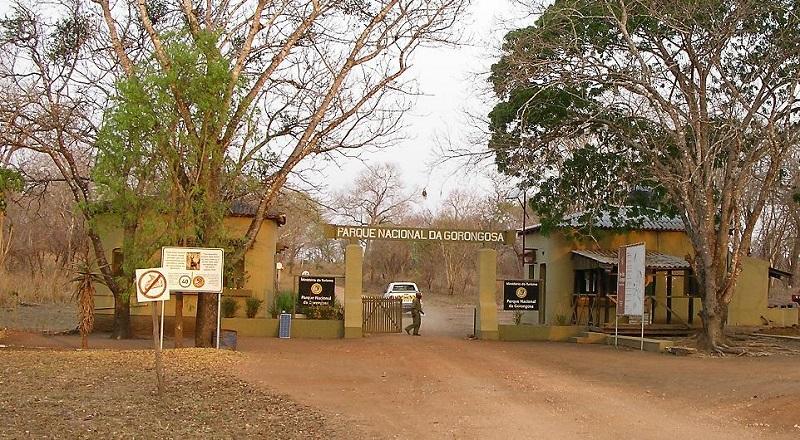
Gorongosa National Park is located about 100 kilometers from the city of Beira, Mozambique’s second-largest city. Beira serves as the main gateway to the park, and most visitors arrive via flights into Beira International Airport. From Beira, the drive to Gorongosa takes around 3 to 4 hours, depending on road conditions.
For those seeking a quicker option, charter flights are available from Beira to Chitengo, the main camp in the park. Many safari operators and lodges in the park offer pick-up services from Beira or can arrange transfers to and from the airport.
Other Activities in Gorongosa National Park
In addition to traditional game drives, Gorongosa National Park offers a range of other activities for visitors. Walking safaris are a highlight, providing an intimate and immersive experience of the park’s diverse habitats. Accompanied by experienced guides, these walks allow visitors to explore the park on foot and gain a deeper understanding of its ecosystem.
Gorongosa is also a prime destination for birdwatching, with guided birding tours available for enthusiasts. The park’s wetlands and forests provide excellent opportunities to spot rare and colorful species. Additionally, the park offers boat trips on Lake Urema, where visitors can observe hippos, crocodiles, and waterbirds in their natural habitat.
For those interested in conservation, Gorongosa has a strong focus on community engagement and education. Visitors can participate in tours that showcase the park’s restoration efforts and learn about the ongoing projects aimed at conserving wildlife and supporting local communities.
Park Fees for Gorongosa National Park
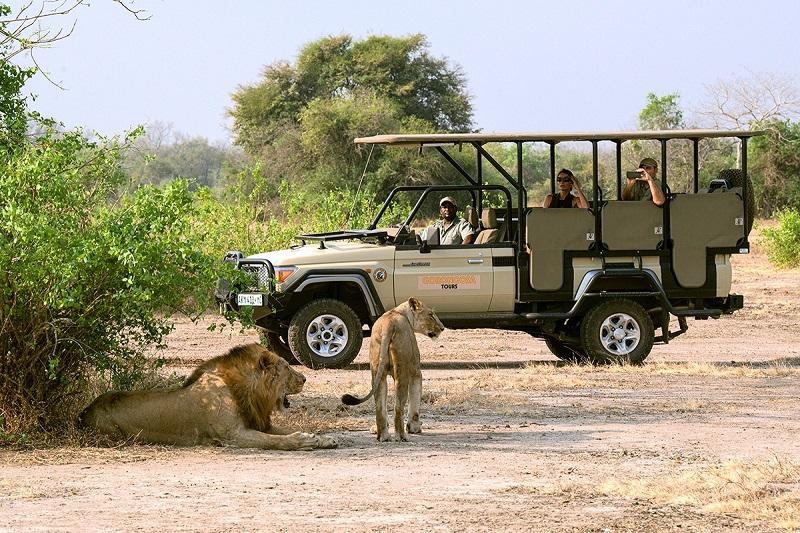
As of 2024, the park fees for Gorongosa National Park are as follows:
- Foreign Visitors (Adults): $20 per person per day
- Foreign Visitors (Children): $10 per person per day
- Mozambican Citizens (Adults): $5 per person per day
- Mozambican Citizens (Children): $2 per person per day
Additional costs may apply for guided tours, boat trips, and other activities. It is recommended to check with park authorities or tour operators for the most up-to-date pricing and to book activities in advance.
FAQs: Touring Gorongosa National Park
Do I Need a Car to Tour the Park?
Yes, a vehicle is essential for exploring Gorongosa National Park. Self-drive safaris are possible, but guided tours are also available for those who prefer not to drive.
Are Unguided Walks Allowed in the Park?
Unguided walks are not permitted in Gorongosa National Park due to safety reasons. All walking safaris must be conducted with an experienced guide.
How Much is a Game Drive in the Park?
The cost of a game drive in Gorongosa varies depending on the operator and duration of the tour. Prices typically range from $50 to $100 per person for a half-day drive.
Conclusion
Gorongosa National Park offers a unique safari experience, blending conservation success with incredible wildlife and breathtaking landscapes. With various activities, Gorongosa invites visitors to explore and support a conservation effort that continues to inspire.
